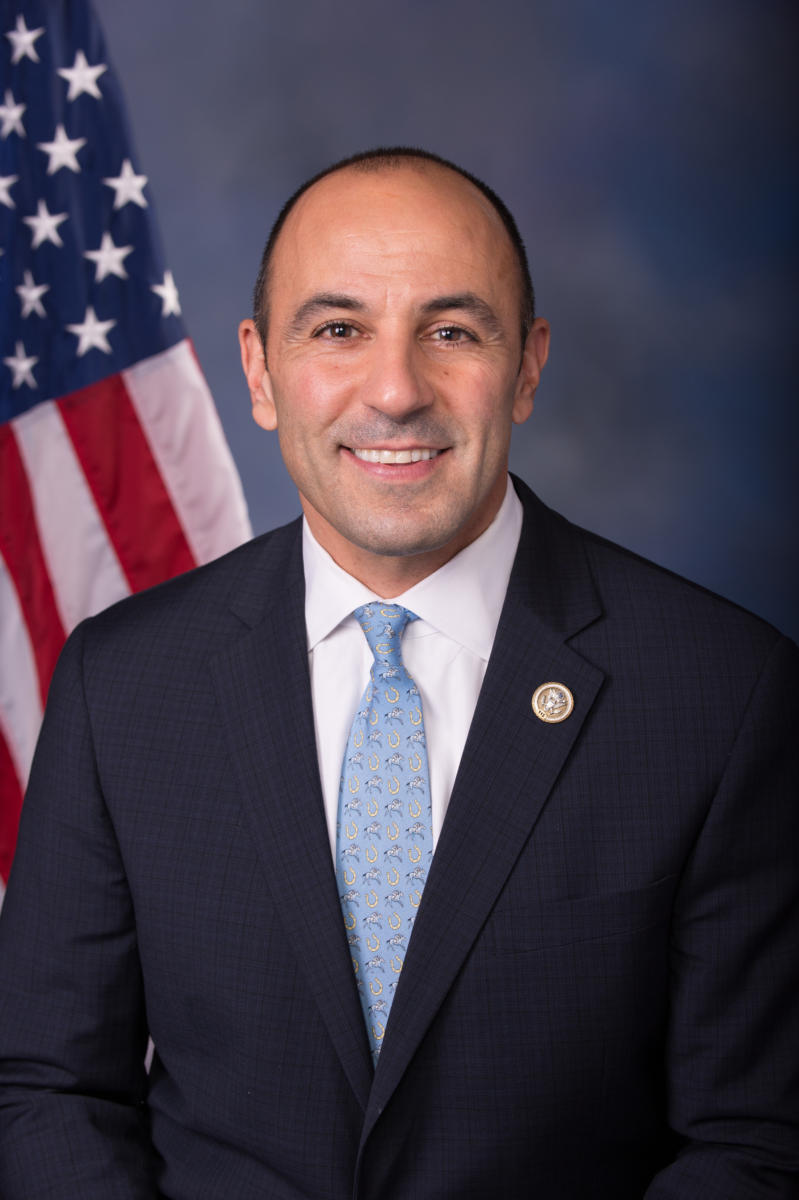Congressman Jimmy Panetta has introduced the MICROGRID Act, a new bill offering a 30% tax credit for community and nonprofit microgrids.
When California’s wildfires swept through the state in the 2019 and 2020 fire seasons, Pacific Gas and Electric Company (PG&E) cut power to millions of Californians. But when the shutdown hit Humboldt County, the Blue Lake Rancheria indigenous reservation north of Eureka kept the lights on.

The Blue Lake Rancheria tribe launched its community microgrid four years ago, gaining the ability to island from or work in tandem with the PG&E grid. The microgrid now powers 100 acres of land, government offices, commercial businesses and Red Cross safety shelter-in-place facilities that have power even when communities around them have none.
Contrast this microgrid success with the Texas power grid’s failure earlier this year. Texas has a massive grid run by the Electric Reliability Council of Texas (ERCOT). Almost 70% of ERCOT customers lost power—for an average of 42 freezing hours—during this extreme weather event. February’s freeze was responsible for more than 100 deaths, a tragic example of the grid’s lack of resiliency.
The grid and extreme weather events
And the freeze is hardly the first extreme weather tragedy in recent years. 2017’s Hurricane Irma knocked out the grid for 6 million customers in Florida and 1 million in Georgia. As Microgrid News reported four years ago,
The theme of this story is that our out-of-date fossil-fuel-based infrastructure is failing a world where climate change is bringing more frequent, more extreme, more intense weather to the planet. If we are smart enough to learn it, the lesson is that as long as we’re dependent on fossil fuels, these weather events and other related disasters will wreak long-lasting havoc on human lives, the economy, and the environment.
More lessons abound. Back in 2012, Superstorm Sandy descended on the East Coast, and New York City lost power. Like the Blue Lake Rancheria story, the Sandy story included a beacon of light, the NYU microgrid that kept the power on while the rest of the city was dark.
“High profile grid outages and power shutoffs from extreme weather events have a real economic impact on America’s communities, and they highlight the fragile state of today’s electrical grid,” said National League of Cities CEO and Executive Director Clarence E. Anthony in response to the microgrid-focused legislation introduced last month by U.S. Congressman Jimmy Panetta. “The buildout and deployment of microgrids can ensure communities have reliable power to maintain critical infrastructure and essential services when confronted by grid outages.”
Hard-hit California has taken this microgrid lesson to heart. Extreme weather threatens the fossil fuel grid, and microgrids help communities take control.
Congressman Jimmy Panetta’s MICROGRID Act

Congressman Panetta’s bill—the Making Imperiled Communities Resistant to Outages with Generation that is Resilient, Islandable, and Distributed (MICROGRID) Act—would provide an incentive toward installing and deploying microgrids to provide backup power during emergencies. The need for these microgrids is clear, and through this legislation, the federal government would enable communities and to take climate-related action.
The act would create a 30% tax credit for qualifying microgrid properties through 2025, falling to a 10% incentive by 2028 and “sunsetting” in 2029. Governments and nonprofits could take the credit as a direct payment. “My MICROGRID Act would provide accessible tax credits for local governments to build and deploy microgrids, offering a cleaner energy alternative to fossil fuel generators that are independent of our energy grid,” said Congressman Panetta
Response to the proposed MICROGRID act
Santa Cruz County Supervisor Zach Friend is enthusiastic about the legislation. “Across the country, we’ve seen the impacts of grid failures and the need for immediate, safe, and cost-effective solutions for resiliency,” he explains. “Congressman Panetta’s proposal provides incentives to expand and kick-start microgrid projects nationwide and as a result ensure that all communities have another tool for reliable power generation.”
Many community leaders agree. Kate Roberts, president & CEO of The Monterey Bay Economic Partnership (MBEP), adds that “Congress should incentivize the buildout and deployment of microgrids which can provide backup power, islanded from the grid, during emergencies; thus, increasing community resilience. Microgrids would allow utilities to target blackouts much more precisely and would reduce the economic impact of blackouts and help the grid function more smoothly even when there are no emergencies.”
“Congressman Panetta understands that we have to deal with both the causes and consequences of climate change,” says Paul Wilkins, vice president for federal policy, Bloom Energy. Bloom Energy has deployed 100+ microgrids that power essential services during outages, including wildfires in California and extreme-weather-induced blackouts in New York. “Congressman Panetta’s bill…will give communities and businesses a powerful new tool….”
“This MICROGRID Act is exactly the kind of legislation that Congress should be passing now to create energy jobs and protect critical infrastructure,” agrees Annette Clayton, CEO and President, Schneider Electric North America.“Increasing resilience across the nation is a vital step towards reducing the impact of climate-damaging disasters…and protecting the safety of our communities. Renewable energies connected by microgrids can transform legacy infrastructure into a resilient power grid that offers reliable access and backup power for our most vulnerable, frontline communities.” Clayton adds that Schneider Electric North America encourages Congress to the MICROGRID act.
Explains NRECA CEO Jim Matheson: “This legislation is an important part of the effort to make our electric grid more robust and reliable.” MGN will follow this story as it evolves.
HOMER software delivers industry-leading system simulations, optimization, sensitivity analysis and best-in-class storage models across three categories of hybrid systems: islanded microgrids, grid-connected distributed generation, and front-of-the-meter utility-scale storage and hybrid systems.
Learn More
Visit UL Solutions HOMER® software to learn more about HOMER Pro, HOMER Grid and HOMER Front modeling and optimization software, download complimentary trials, sign up for training and explore our extensive knowledge base and other support documents.
